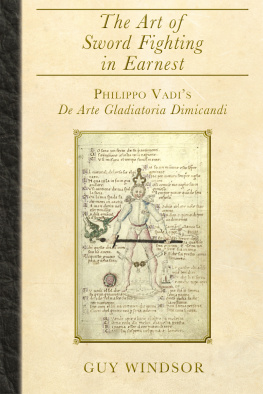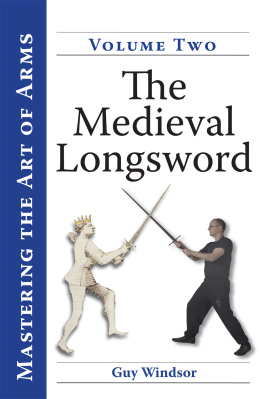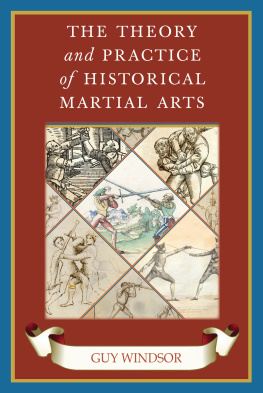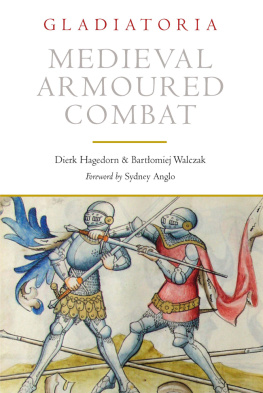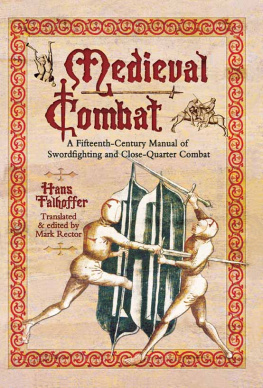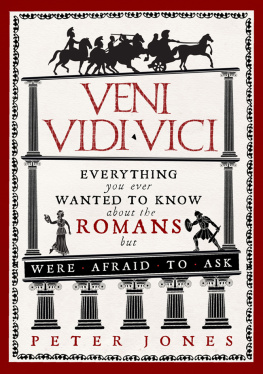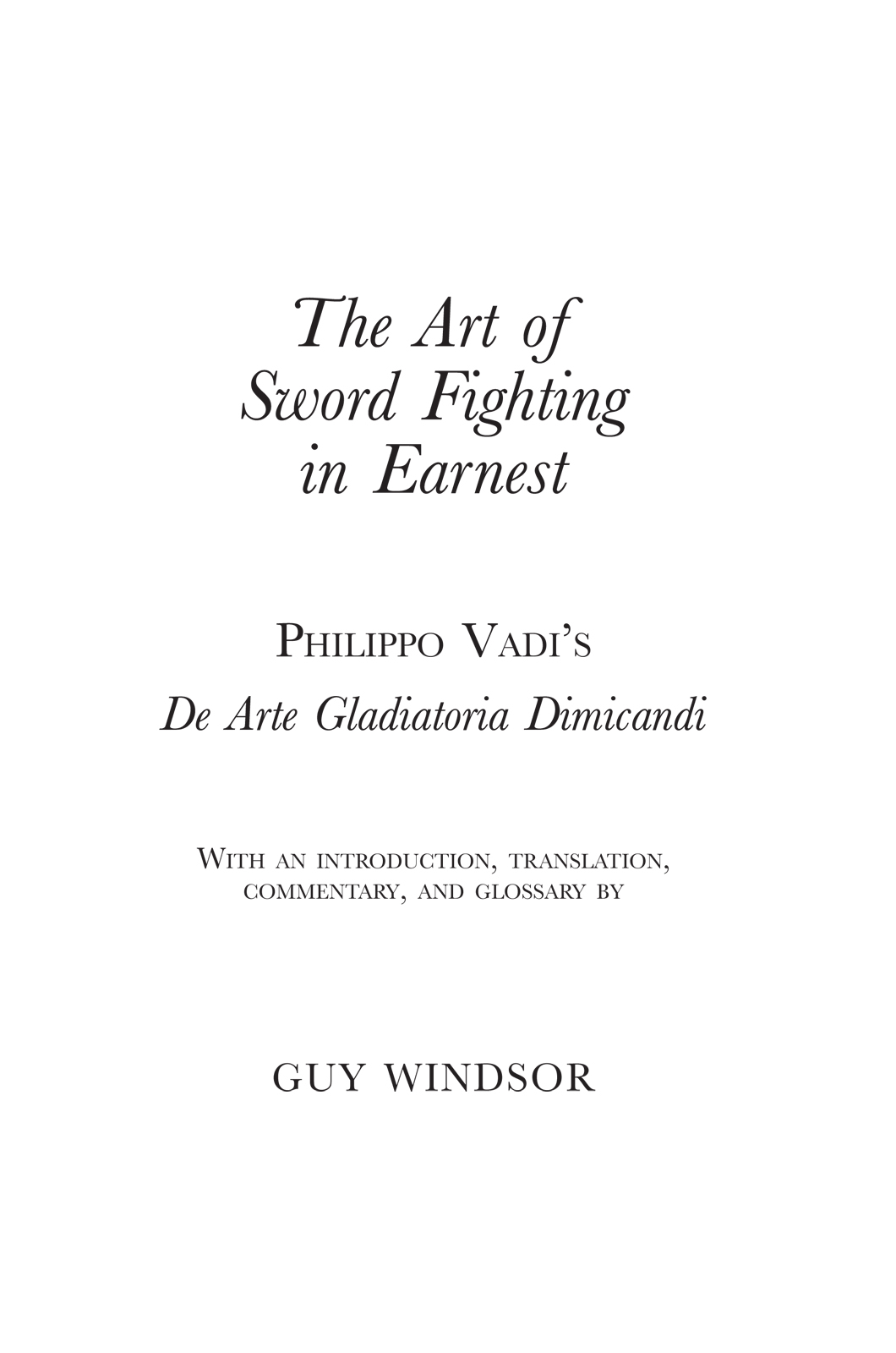Guy Windsor - The Art of Sword Fighting in Earnest: Philippo Vadis De Arte Gladiatoria Dimicandi with an Introduction, Translation, Commentary, and Glossary
Here you can read online Guy Windsor - The Art of Sword Fighting in Earnest: Philippo Vadis De Arte Gladiatoria Dimicandi with an Introduction, Translation, Commentary, and Glossary full text of the book (entire story) in english for free. Download pdf and epub, get meaning, cover and reviews about this ebook. year: 2018, publisher: Swordschool Ltd, genre: Children. Description of the work, (preface) as well as reviews are available. Best literature library LitArk.com created for fans of good reading and offers a wide selection of genres:
Romance novel
Science fiction
Adventure
Detective
Science
History
Home and family
Prose
Art
Politics
Computer
Non-fiction
Religion
Business
Children
Humor
Choose a favorite category and find really read worthwhile books. Enjoy immersion in the world of imagination, feel the emotions of the characters or learn something new for yourself, make an fascinating discovery.
- Book:The Art of Sword Fighting in Earnest: Philippo Vadis De Arte Gladiatoria Dimicandi with an Introduction, Translation, Commentary, and Glossary
- Author:
- Publisher:Swordschool Ltd
- Genre:
- Year:2018
- Rating:5 / 5
- Favourites:Add to favourites
- Your mark:
The Art of Sword Fighting in Earnest: Philippo Vadis De Arte Gladiatoria Dimicandi with an Introduction, Translation, Commentary, and Glossary: summary, description and annotation
We offer to read an annotation, description, summary or preface (depends on what the author of the book "The Art of Sword Fighting in Earnest: Philippo Vadis De Arte Gladiatoria Dimicandi with an Introduction, Translation, Commentary, and Glossary" wrote himself). If you haven't found the necessary information about the book — write in the comments, we will try to find it.
Guy has the rare talent of making this material accessible -Neal Stephenson (from his Foreword to Swordfighting)
Guy Windsors greatest gift to WMA/HEMA is his marvellous ability to translate period language into a meaningful experience for modern WMA/HEMA practitioners and he has once more shown his ability to do exactly that. - Adam, reviewing Veni Vadi Vici on Amazon.
From the late fifteenth century comes a detailed manuscript on knightly combat, written by Philippo Vadi. Dedicated to one of the most famous Italian condottiere of the age, Guidobaldo, Duke of Urbino, this book covers the theory of combat with the longsword, as well as dozens of illustrated techniques of the sword, the spear, the pollax, and the dagger.
This volume includes a detailed introduction, setting Vadi and his combat style in their historical context, a complete full-colour facsimile of the manuscript, and a detailed commentary from the perspective of the practising martial artist.
This volume is the second edition of Dr. Windsors earlier work, Veni Vadi Vici, updating the translation and the introduction. This is essential reading for any practitioner of knightly combat, academic historian, or enthusiast for the quattrocento period of Italian history.
Dr. Guy Windsor is a world-renowned instructor and a pioneering researcher of medieval and renaissance martial arts. He has been teaching the Art of Arms full-time since founding The School of European Swordsmanship in Helsinki, Finland, in 2001. His profession is finding and analysing historical swordsmanship treatises, figuring out the systems they represent, creating a syllabus from the treatises for his students to train with, and teaching the system to his students all over the world. He is the author of numerous classic books about the art of swordsmanship including the definitive The Theory and Practice of Historical Martial Arts, The Swordsmans Companion, and his Mastering the Art of Arms series.
Guy Windsor: author's other books
Who wrote The Art of Sword Fighting in Earnest: Philippo Vadis De Arte Gladiatoria Dimicandi with an Introduction, Translation, Commentary, and Glossary? Find out the surname, the name of the author of the book and a list of all author's works by series.

